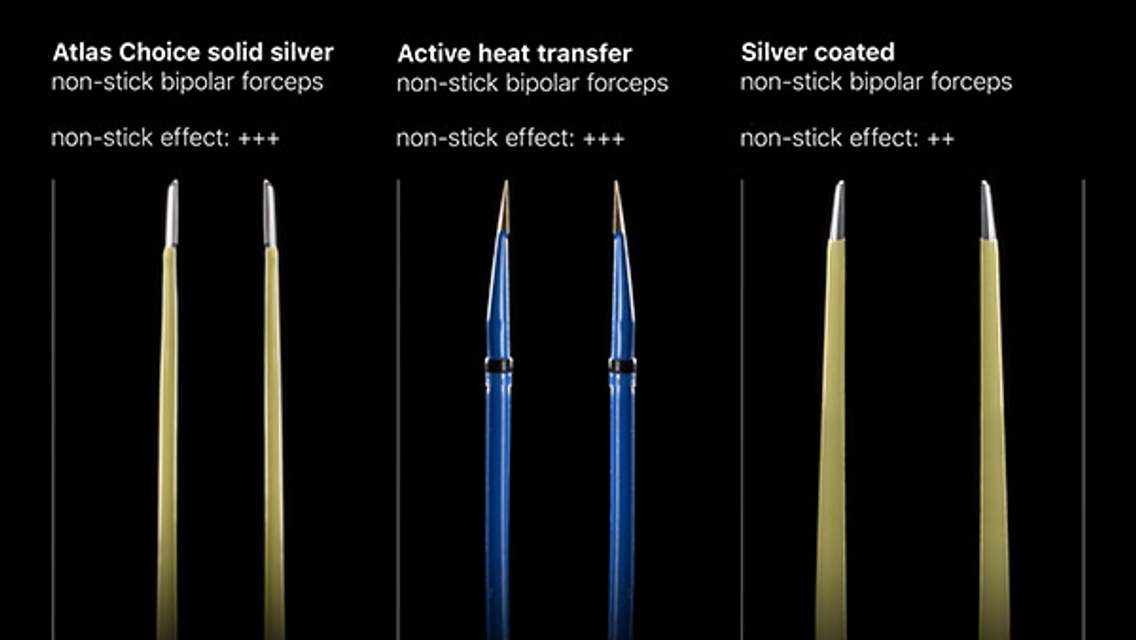Tuberculoma
Figure 1: (Top Left) Avid enhancement in the basilar cisterns is typical for granulomatous infections such as TB but may also mimic leptomeningeal metastases. The subcortical enhancing tuberculoma (top right) with surrounding FLAIR-hyperintense edema (bottom left) demonstrates no restricted diffusion (bottom right) and would also be more suspicious for metastasis if not for the typical concomitant basilar distribution of infection.
Description
- Caused by Mycobacterium tuberculosis
- 10% of patients with tuberculosis (TB) have CNS involvement
- Hematogenous spread from primary lung involvement is most common, although direct extension can also occur
Pathology
- Most commonly secondary to hematogenous spread from a pulmonary source
Clinical Features
- Symptoms
- Highly variable, ranging from meningitis to coma
- Tuberculoma: seizures, increased intracranial pressure, papilledema
- Occurs at all ages but is more common earlier in life
- Morbidity and mortality
- Morbidity: mental retardation, paralysis, seizures, rigidity, speech or visual deficits
- Mortality: ~25%; more common in patients with AIDS
Imaging
- General
- Basilar meningitis is the most common presentation
- Tuberculomas
- Masslike, typically supratentorial and parenchymal, may be large
- Tuberculous abscess
- Large (often >3 cm), solitary and frequently multiloculated
- Ischemia and infarction may also result from vasculitis
- Tuberculous meningitis
- CT
- Isodense to hyperdense exudate effacing the cerebrospinal fluid (CSF) spaces
- MR
- T1WI and T2WI
- Exudate isointense to hyperintense
- FLAIR
- Increased intensity in affected CSF spaces
- DWI
- Helpful for detecting infarct as a complication
- Contrast
- Basilar predominant meningeal enhancement
- T1WI and T2WI
- CT
- Tuberculoma
- CT
- Round or lobulated mass with surrounding edema
- Rare calcifications
- Solid or ring enhancing
- MRI
- T1WI
- Hypointense to parenchyma
- May have hyperintense rim
- T2WI/FLAIR
- Noncaseating: hyperintense
- Caseating: hypointense
- DWI
- May show central restriction
- Contrast
- Noncaseating: nodular, homogeneous enhancement
- Caseating: peripheral rim enhancement with variable signal centrally
- T1WI
- CT
- TB abscess
- CT
- Solitary, multiloculated, ring enhancing
- MRI
- T1WI
- Similar to tuberculoma
- T2WI/FLAIR
- Hyperintense lesion with hypointense rim and vasogenic edema
- DWI
- Central restriction
- Contrast
- Multiloculated ring enhancement
- T1WI
- CT
- Imaging recommendations
- Standard protocol MRI (including DWI) with intravenous contrast
- Mimic
- Can be very difficult to distinguish from other infectious processes or metastatic disease when in the form of an abscess or tuberculoma. However, the homogeneous low central T2 signal intensity of a caseating tuberculoma is very uncommon in other entities. When there is involvement of the basilar cisterns, TB should be at the top of the differential with coccidioidomycosis, racemose neurocysticercosis, and other granulomatous processes.
For more information, please see the corresponding chapter in Radiopaedia.
Contributor: Sean Dodson, MD
References
Ahluwalia V, Dayananda Sagar G, Singh TP, et al. MRI spectrum of CNS tuberculosis. J Indian Acad Clin Med 2013;14:83–90.
Kim TK, Chang KH, Kim CJ, et al. Intracranial tuberculoma: comparison of MR with pathologic findings. AJNR Am J Neuroradiol 1995;16:1903–1908.
Rabelo NN, Silveira Filho LJ, da Silva BNB, et al. Differential diagnosis between neoplastic and non-neoplastic brain lesions in radiology. Arq Bras Neurocir 2016;35:45–61. doi.org/10.1055/s-0035-1570362
Smith AB, Smirniotopoulos JG, Rushing EJ. Central nervous system infections associated with human immunodeficiency virus infection; radiologic-pathologic correlation. Radiographics. 2008;28:2033–2058. doi.org/10.1148/rg.287085135
Please login to post a comment.













